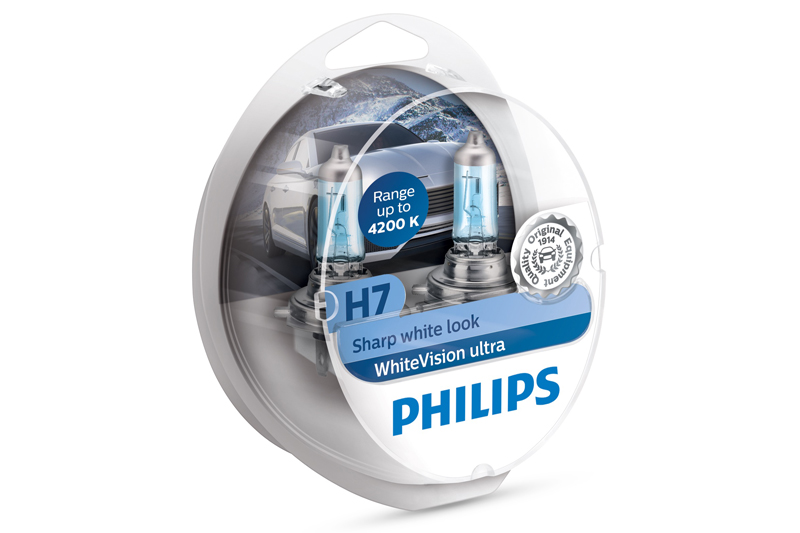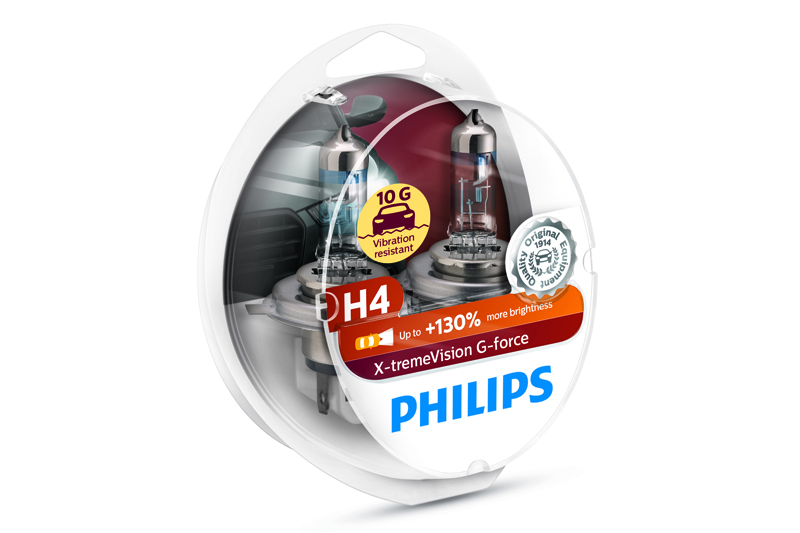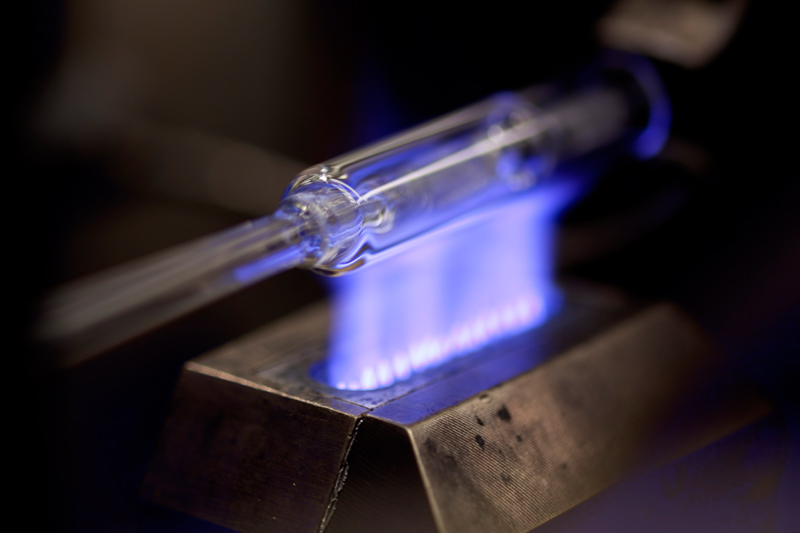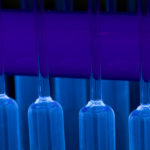Lumileds, the name behind the Philips Automotive Lighting product ranges, throws some light on the different types of headlights and the purpose they serve.
All headlights have the same main function, which is, of course, to illuminate the road in front of the vehicle. However, they differ in terms of the specific bulb types that they use to provide light. The three main bulbs that are used in headlights are Halogen, Xenon, and LED. Headlights may be classified according to the particular lighting technology that they utilise.
Halogen headlight
Halogen refers to a member of a certain group of five chemicals that are very reactive and poisonous. These chemicals are classifiedas non-metals. Halogen car lights are popularly used in headlights. Each bulb has a thin tungsten filament and a glass filament capsule filled with halogen gas. The gas routes back the tungsten to the filament so it regenerates the filament each time the headlight is turned on and used. A halogen bulb produces a bright, white light. Halogen headlight bulbs are manufactured and approved in accordance with the legal requirements (ECE R37).
Xenon headlight (HID)
Xenon is a highly unreactive gas that is colourless and odourless. It may be found in small quantities in the atmosphere. It may be extracted from liquefied air to be used for commercial purposes. Xenon is commonly used in headlights. It is utilised in some filament-based automotive lighting technologies. A xenon bulb emits a clean and white light and may also be used in HID (High Intensity Discharge) lighting. An HID bulb does not have a filament. Instead, it uses a xenon gas-charged, sealed system that generates light through an electrical charge that starts an arc between two electrodes.
LED headlight
A Light Emitting Diode is a semiconductor diode that gives off light when voltage is applied to it. The LED is a popular display and form of technology that is used in various kinds of electrical and electronic products. The LED produces light in less than a hemisphere. This means that it needs to be cooled from the back. As a result, an LED headlight may require a different design from halogen and xenon headlights. An LED headlight may potentially come in different designs because its small size makes it versatile.
Richard Armstrong, Business Development Manager Automotive at Lumileds, said: “Each type of headlight has its own set of advantages and disadvantages. That’s why the headlights that may be best for some drivers may not necessarily be the best for others. It depends on the particular priorities and needs of the motorist.
“Halogen headlights may be best for customers who are on a budget, as these types of lights provide good performance for a relatively lower cost than other types of headlights. Xenon headlights, on the other hand, may be ideal for buyers who value bright illumination, because it emits a very strong light. LED headlights may be appropriate for customers who prioritise efficient energy consumption. One type of headlight is not necessarily better or superior to the others, although it may be a more appropriate choice for certain motorists.”
The range of Philips bulbs is comprehensive and, as well as a full selection of replacement and upgrade Halogen and HID Xenon replacement bulbs, it also includes LED lighting options for various vehicle applications.












